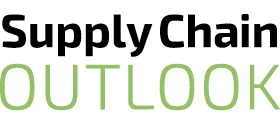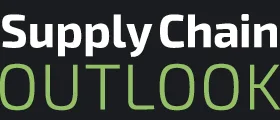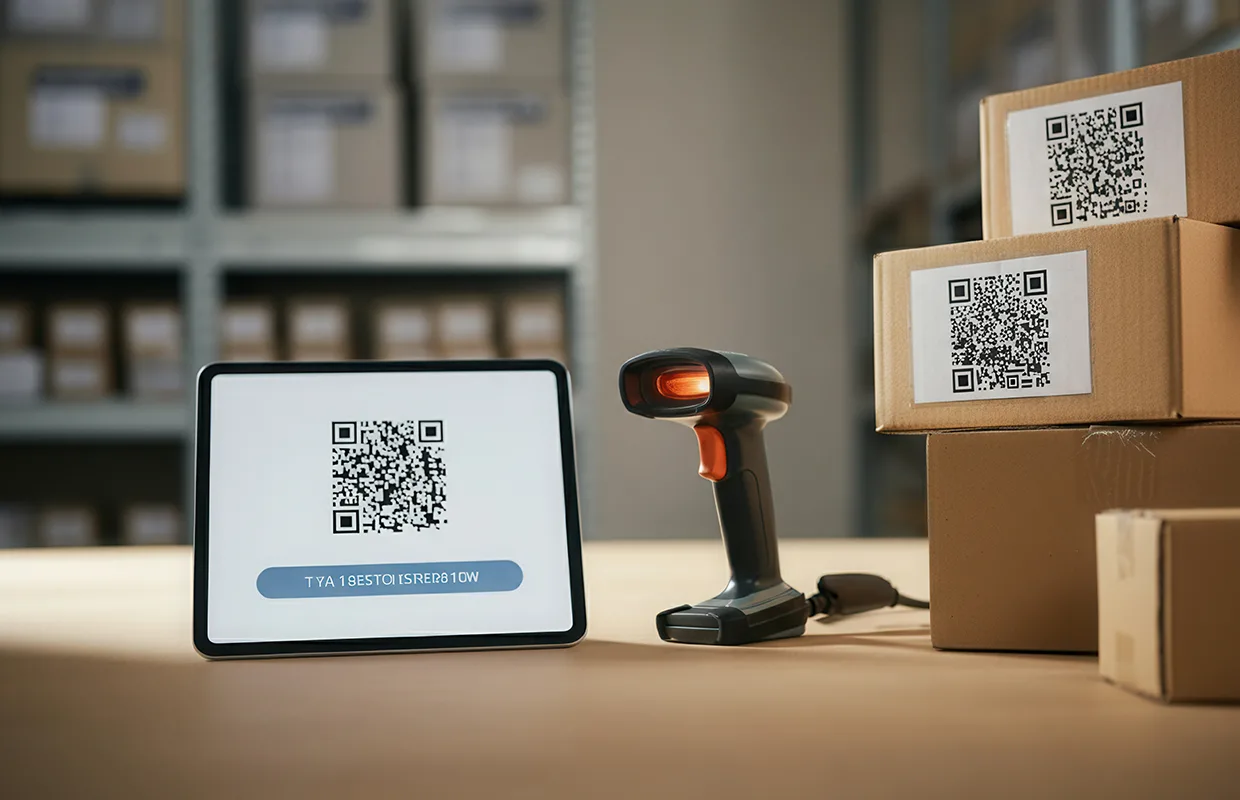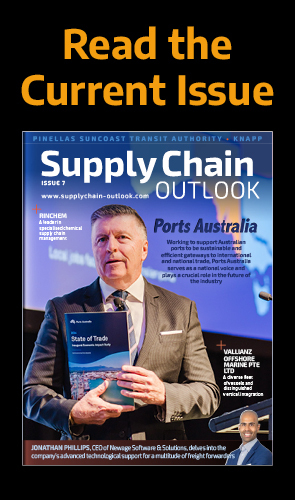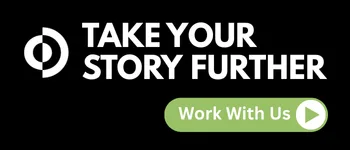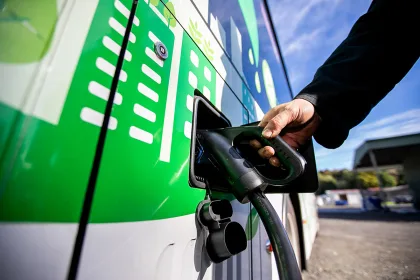The business world is transforming faster than ever and the tools that shaped our past must evolve to meet the demands of the future. Few technologies have had the universal impact of the linear barcode, which, alongside the shipping container, revolutionised global supply chains in the latter half of the 20th century. Today, the next generation of barcodes – QR codes powered by GS1 – are emerging as the next groundbreaking innovation that will define the supply chains of the digital age.
A NEW ERA OF SUPPLY CHAIN MANAGEMENT
The traditional barcode gave businesses the ability to track products efficiently, streamlining logistics and operations on a global scale. Since first being adopted in 1973, they have revolutionised our day-to-day in ways most do not realise – keeping our shelves stocked with products and ingredients from around the world, helping us to find and buy products online, ensuring what we consume is genuine and safe, and much more.
QR codes take this to a whole new level. With capacity to store up to 7,098 numeric or 4,269 alphanumeric characters, they carry significantly more data than their linear predecessors in a compact, easily scannable form.
This matters because consumers, businesses, and regulators are increasingly demanding greater transparency than ever before. Today, it seems everyone wants to know where a product has come from, how it was made, and how to use or recycle it. This demand for information grows by the day, which presents a challenge for product-based businesses as physical space on packaging will always be finite.
QR codes powered by GS1 provide a simple, elegant solution, offering instant access to a wealth of information through one quick scan.
The consumer appetite for this kind of transparency is clear. A recent GS1 survey found that 79 percent of shoppers are more likely to purchase products with scannable codes offering deeper insights. With over 4.5 billion smartphone users worldwide, the QR code is the bridge that connects physical products to the accurate, trusted data that businesses, consumers, and governments care about most.

POWERING PROGRESS
The advantages of QR codes aren’t just theoretical; they’re already transforming industries by offering enhanced traceability, streamlined inventory management, and new opportunities for customer engagement.
QR codes powered by GS1 are now being tested in 48 countries, representing 88 percent of the world’s GDP. Globally, GS1 aims to ensure a comprehensive rollout by 2027 and many leading household brands, including PepsiCo, Walmart, P&G, Loreal, and Amazon are already on board.
Take traceability, for example. By enabling real-time tracking of products through the supply chain, QR codes can improve safety by reducing counterfeiting and making recalls more efficient. In healthcare, QR codes are increasingly being used to ensure that medicines are tracked accurately, from production to patient use, reducing the risk of clinical errors whilst saving lives, time, and money.
For manufacturers and retailers, QR codes simplify inventory management by eliminating manual data entry, reducing errors, and improving visibility across supply chains. This leads to better decision-making, whether it’s maintaining stock levels, addressing disruptions, or reducing waste.
Already, QR codes are unlocking new ways to connect with consumers. By embedding product details, allergen information, or sustainability credentials, brands can offer the transparency that modern consumers expect. They can even link to exclusive content, promotions, or loyalty programmes, turning packaging into a powerful dynamic engagement tool.
A CALL FOR COLLABORATION
The success of the linear barcode wasn’t just about the technology – it was about collaboration. Businesses, industries, and regulators came together to agree on the shared standards that have enabled supply chains and the interoperable data that powers them to cross borders, span continents, and stretch across the entire globe.
The transition to QR codes requires an even greater level of collaboration. These codes don’t just carry logistics data – they encompass environmental, health, and regulatory information as well. To succeed, industries must once again commit to common standards that will ensure consistency and reliability across diverse sectors and geographies.
This is where GS1 plays a critical role. As the global leader of interoperable data standards, GS1 provides the framework that will enables businesses to adopt QR codes efficiently, ensuring they deliver their full potential, especially in terms of transparency and traceability, at scale.
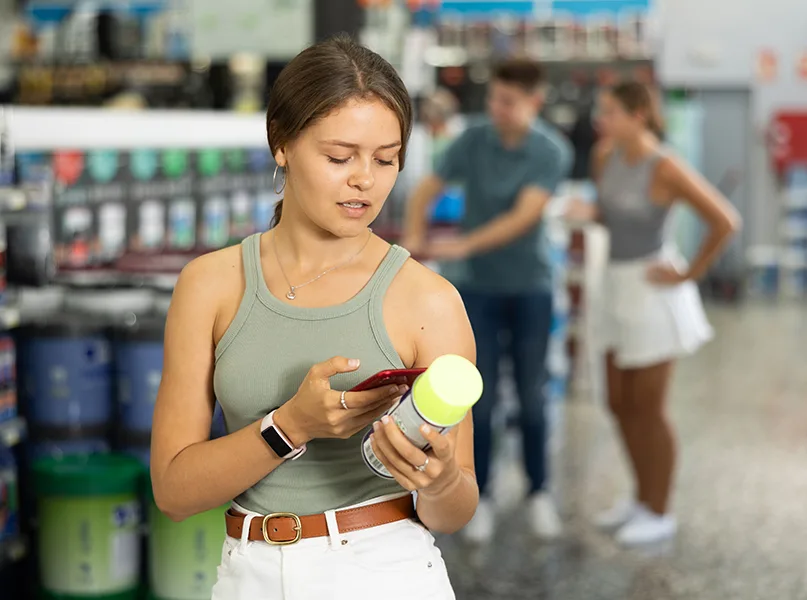
OVERCOMING CHALLENGES
Change is never easy, but always possible, and the global transition to QR codes will come with challenges. Many businesses, especially smaller ones, are faced with the cost of upgrading systems and training employees to use new technology. Legacy equipment and infrastructure may also struggle at first, creating short-term inefficiencies.
Consumers too face a learning curve. Whilst younger generations are comfortable scanning QR codes, older demographics may need more guidance to adapt.
However, these challenges are surmountable, and the transformative benefits far outweigh the obstacles. Businesses that invest early in QR codes will gain a competitive edge, improving operational efficiency and meeting the growing demand for transparency.
THE FUTURE IS NOW
We’re standing at the cusp of a new era in supply chain management. Just as the linear barcode revolutionised the 20th century, QR codes powered by GS1 are set to transform the 21st. They offer businesses a powerful tool to navigate the complexities of modern supply chains by delivering transparency, efficiency, and trust.
The future is digital and data-driven, and QR codes are leading the way. By embracing this technology, businesses can build stronger connections with consumers, ensure compliance, and create a more sustainable, transparent supply chain for generations to come.
